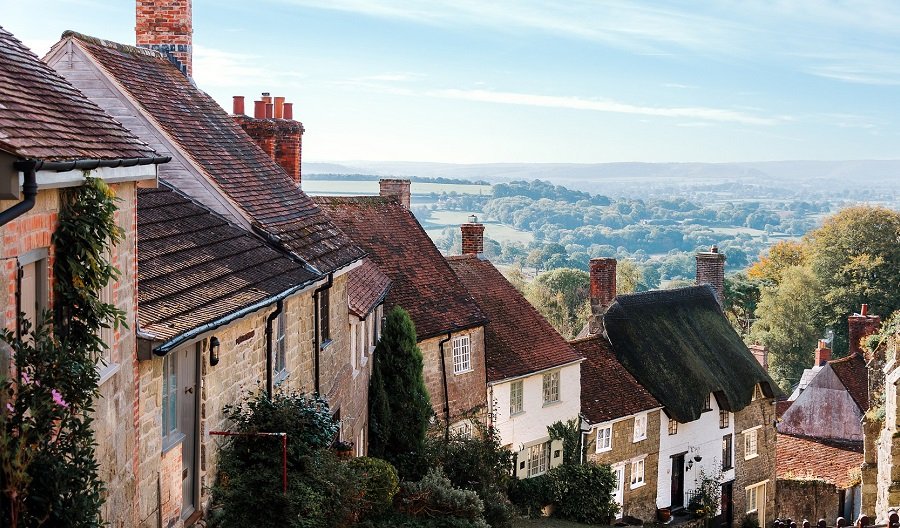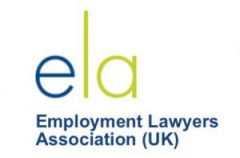England and Wales boast half a million listed buildings – many people love the idea of living in a listed property as they are full of character, beautiful to behold and often situated in pleasant areas. Yet they invariably come with their own peculiar set of problems as well as the possibilities. So, what should you consider before signing on the dotted line?
DO
- Do your home work. Check on Historic England’s National Heritage List to see the history of the property. There are three levels of listing in England and Wales: Grade I, Grade II and Grade III – and a Grade I listed building will have more restrictions than one that is Grade II listed. The vast majority of listed buildings, around 92%, fall into the Grade II category.
- Get a full structural survey by a chartered building surveyor. Drainage and chimney surveys can also be beneficial. A Listed Building Survey will identify any hidden defects, grade the condition of all areas of the property, and provide expert advice on the continued maintenance or repair of the building.
- If you want to make building/ restoration work to a listed property, be aware you will ALWAYS need Listed Building Consent in addition to any planning permission and/or building regulation approval. This includes changing the internal layout, replacement windows or guttering. Check the local authorities’ specific guidelines for proposed works – you may need permission for something as simple as a satellite dish.
- Ensure your insurance is appropriate for the type of property/grading. You may need specialist cover – remember that your buildings cover should be for the rebuild cost of the property and not its market value. Listed buildings often have higher rebuild costs than other properties because they may require specialist materials. This means cover can be more expensive than if you are buying a home that is not listed.
- Check the planning history of the property and that if any work was done by previous owners, the appropriate building regulation approvals and planning consents were obtained for work. Remember that any works not covered by permission are illegal and as the owner you could face prosecution for works carried out by a predecessor as well as the cost of putting things right.
- Check to see if the property is in a conservation area. Permitted development rights are limited or restricted in conservation areas and planning permission will be required for certain external work to a property.
- Always research the cost of any work, the cost can be higher than anticipated for a listed building. Where problems are evident, a structural engineer is often called upon to make an assessment and present solutions. If significant work is being contemplated, consult an architect to establish what is possible. Where major work, such as re-roofing, is envisaged get quotes before committing to the purchase.
DON’T
- Dont assume because there is listed building consent that this covers all works. ALWAYS ALWAYS check.
- Be aware that normal rules probably won’t apply to renovating your home. If listed building consent is granted, remember that you may need to use specialist materials or techniques so that you do not alter the character of the property. Check first before undertaking any work.
- Don’t start any building or renovation work until all correct consents have been obtained. and the local authority’s requirements
If you would like advice on buying a listed or period property contact Rachel Gaylor, Partner & Head of Residential Property on e: rachelg@thpsolicitors.co.uk t: 0118 920 9496. Our Residential Property team have extensive experience and can advise you on how best to proceed.






